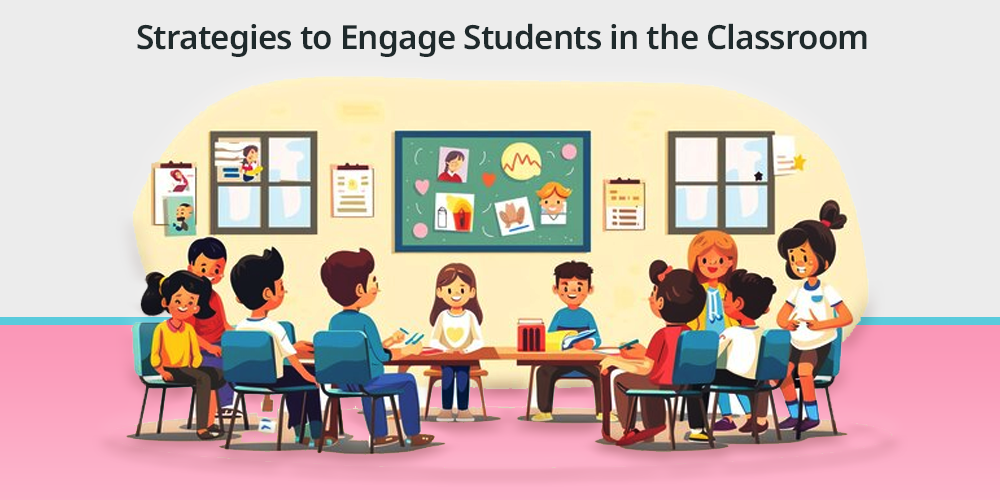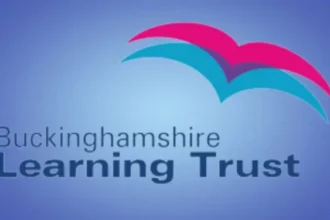Introduction to the Stars Classroom
Welcome to the world of the Stars Classroom, where learning takes on a whole new dimension. Imagine a space where students are not just passive recipients of information but active participants in their educational journey. The Stars Classroom model transforms traditional teaching methods into an engaging experience that ignites curiosity and fosters collaboration among students.
In this innovative environment, every lesson becomes an adventure, encouraging learners to explore, question, and discover. As we delve deeper into the benefits and strategies for engaging students within a Stars Classroom, you’ll uncover how to create a dynamic atmosphere that motivates even the most reluctant learners. Get ready to elevate your teaching approach and watch your classroom shine!
Benefits of Using a Stars Classroom
The Stars Classroom approach transforms traditional learning into an engaging experience. One of the primary benefits is its ability to foster creativity. Students are encouraged to think outside the box, which often leads to innovative solutions and unique perspectives.
Another advantage is improved collaboration among students. In a Stars Classroom, teamwork becomes second nature as learners work together on projects and share ideas. This not only builds social skills but also enhances critical thinking.
Additionally, this environment promotes personalized learning. Teachers can tailor instruction based on individual student needs, allowing each learner to progress at their own pace.
Moreover, it cultivates a sense of ownership in education. When students participate actively in their learning journey, they become more invested and motivated.
By embracing the Stars Classroom model, educators create a dynamic atmosphere that empowers students and enriches their educational experience.
Strategies for Engaging Students in a Stars Classroom
Engaging students in a Stars Classroom requires creativity and flexibility. Start by incorporating hands-on activities that connect learning to real-life scenarios. This approach encourages curiosity and makes lessons relatable.
Use visual aids like posters, models, or videos to break down complex concepts. Visual learning can significantly enhance understanding and retention among students.
Incorporating gamification is another effective strategy. Games foster a sense of competition while making the learning process enjoyable. Consider interactive quizzes or team challenges related to the curriculum.
Encourage student-led discussions where they take charge of their learning journey. This not only builds confidence but also promotes critical thinking skills.
Tailor your teaching methods based on individual interests and strengths. Personalized approaches create stronger connections with material, increasing engagement levels across diverse learners in your classroom environment.
Setting Expectations and Goals
Setting clear expectations and goals in a Stars Classroom is essential for creating an effective learning environment. Students thrive when they know what is expected of them. It fosters a sense of responsibility and accountability.
Start by outlining specific objectives for each lesson. Be transparent about the intended outcomes. This clarity helps students understand their role in achieving these goals.
Encourage students to set personal academic targets as well. Individual goals can deepen their engagement and motivation. When learners take ownership, they become more invested in their education.
Regularly revisit these expectations with your class. Share progress updates to keep everyone aligned and motivated. Celebrating small achievements along the way reinforces positive behavior and effort, building confidence within the classroom community.
Creating an atmosphere where students feel empowered will enhance their overall experience in a Stars Classroom setting.
Incorporating Technology and Interactive Activities
Integrating technology into the Stars Classroom can transform the learning experience. Interactive tools such as smart boards and tablets encourage active participation. These devices make lessons more dynamic and visually stimulating.
Using educational apps can also boost engagement. Students love gamified learning experiences that challenge them while making education fun. Consider platforms that allow for quizzes or collaborative projects.
Virtual reality is another exciting option to explore. It immerses students in different environments, enhancing their understanding of complex subjects like history or science.
Incorporate multimedia presentations to cater to various learning styles. Videos, podcasts, and interactive simulations captivate attention and reinforce key concepts.
Encouraging students to create content themselves fosters ownership of their learning journey. When they produce videos or digital stories, they become more invested in the material at hand.
Encouraging Student Collaboration and Participation
Fostering collaboration among students can transform the learning experience in a stars classroom. Creating small groups allows learners to share ideas and perspectives, promoting deeper understanding of subjects.
Utilizing cooperative tasks encourages engagement. Assign roles within these groups, giving each student ownership of their contribution. This not only boosts confidence but also enhances communication skills.
Incorporating peer feedback sessions is another effective method. Students can present their work and receive constructive criticism from classmates. This fosters a sense of community and responsibility for one another’s learning journey.
Consider interactive projects that require teamwork across different disciplines. Real-world applications make lessons more relevant and engaging while highlighting the importance of collaboration.
Recognize achievements publicly to motivate participation further. Celebrating both individual and collective successes reinforces a positive atmosphere conducive to active involvement in the classroom dynamics.
Measuring Success and Making Adjustments
Measuring success in a stars classroom involves more than just test scores. It’s about observing student engagement and participation levels. Regular check-ins can provide insights into how well students connect with the material.
Utilize both formative assessments and informal feedback to gauge their understanding. Consider exit tickets or quick surveys to capture their thoughts right after lessons.
When issues arise, be flexible in your approach. Adjust lesson plans based on what works and what doesn’t. This adaptability keeps the learning environment dynamic.
Encourage students to reflect on their own progress too. Self-assessments empower them to take ownership of their learning journey.
By continuously measuring success and making necessary adjustments, educators can enhance the effectiveness of the stars classroom while fostering a culture of growth and improvement among students.
Conclusion: Creating a Dynamic Learning Environment with the Stars Classroom
Creating a dynamic learning environment with the Stars Classroom involves several key elements. Engaging students is not just about content delivery; it’s about fostering an atmosphere where they feel valued and excited to learn. By implementing effective strategies, educators can transform their classrooms into vibrant hubs of collaboration and creativity.
Setting clear expectations helps students understand what is required of them while encouraging accountability. Incorporating technology enhances interaction, making lessons more relatable and enjoyable. Moreover, promoting student collaboration ensures that learners share ideas and perspectives, enriching their educational experience.
Measuring success isn’t merely about grades; it’s also about observing engagement levels and adjusting teaching methods accordingly. Keeping a flexible approach allows for continuous improvement in how lessons are delivered.
In embracing the principles of the Stars Classroom, educators can cultivate a space that encourages exploration and growth. This sets the stage for lifelong learning, equipping students with skills they will carry beyond the classroom walls.

















